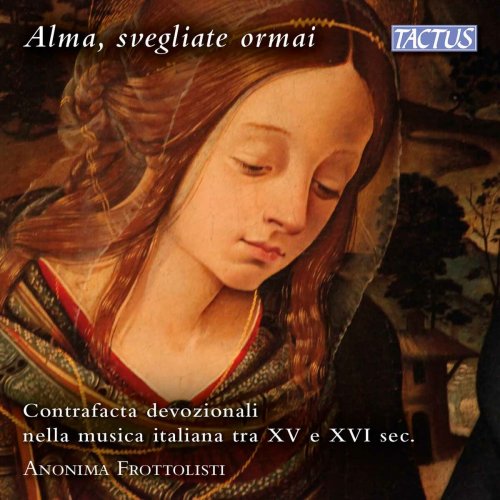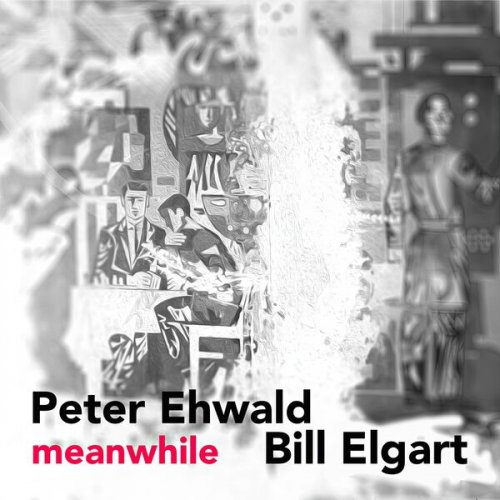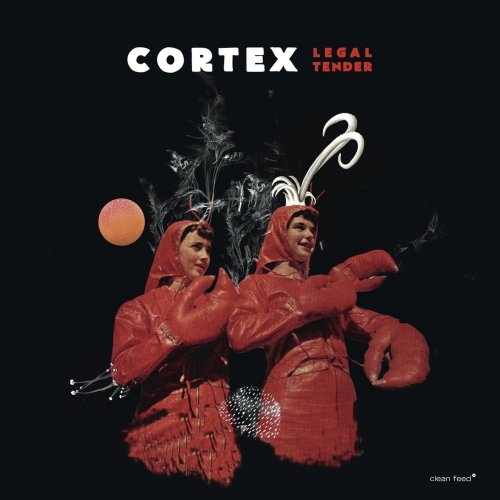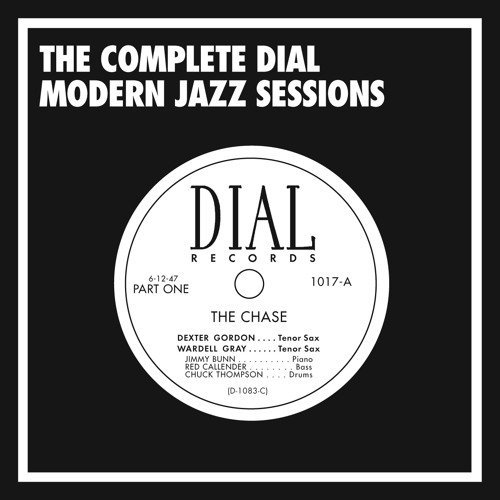Anonima Frottolisti - Alma, Svegliate Ormai (2015)

Artist: Anonima Frottolisti
Title: Alma, Svegliate Ormai
Year Of Release: 2015
Label: Tactus
Genre: Classical
Quality: FLAC (tracks+booklet)
Total Time: 72:25
Total Size: 328 MB
WebSite: Album Preview
Tracklist:Title: Alma, Svegliate Ormai
Year Of Release: 2015
Label: Tactus
Genre: Classical
Quality: FLAC (tracks+booklet)
Total Time: 72:25
Total Size: 328 MB
WebSite: Album Preview
1. Deh, fusse pur qui meco (2:23)
2. Alma, svegliate ormai (2:51)
3. Fortuna desperata (2:07)
4. Poi che t'ebi nel core (4:43)
5. Accueilly m'a la belle au gent atour - A Maria fonte d'amore (4:44)
6. Visin, visin, visin (1:06)
7. Gesu, gesu, gesu (1:43)
8. In te, Domine, speravi (2:56)
9. A te, Virgo, ognor clamavi (4:33)
10. Iamo a la caccia (3:39)
11. Iamo a Maria (4:10)
12. J'ay pris amours (2:10)
13. J'ay pris amours (instrumental) (1:27)
14. Madre che festi Colui che te fece (4:45)
15. J'ay pris amours - De tous biens plaine (1:41)
16. De tous biens plaine (1:12)
17. Di tutto ben se' fonte, eterno Iddio (3:43)
18. Parce Domine (1:50)
19. Ben Venga Maggio - Ne tuo furore (3:22)
20. I' son piu mal maritata (3:18)
21. Io son piu perfida ingrata (3:50)
22. Se tuo servo Amor mi fe' (2:39)
23. S'io mori' in croce per te (2:44)
24. Se ben hor non scopro el foco (1:48)
25. L'oration e sempre bona (3:16)
The practice of the contrafactum is well-known in the history of Western music, both in the learned universe of written music and in the usage of oral tradition. A contrafactum is a variation that is applied to the original text of a musical piece without changing the notes of its monody or polyphony. This practice had appeared since the twelfth century, and consisted in inserting a profane text into a melodic line of sacred, devotional or paraliturgical music: for instance, a Gregorian cantillation could be transformed, through its codification in a measured musical form, into a melodic line for a troubadour or "minstrel" song. Familiar tunes and texts could be changed for different purposes. In the ensuing centuries, this practice did not stop: it actually increased so much as to become a common form of musical interpretation. During the fifteenth and sixteenth centuries, the procedure underwent an interesting and very refined change: the contrafactum was performed on a melody of profane origin, adapting a spiritual, devotional or paraliturgical text to it. So frottole, strambotti, villotte, barzellette, and odes lost their typically secular, amatory, carnal connotation, and totally embraced a spiritual literature that had a popular and religious flavour and was suitable for dealing with theological virtues and images drawn from the Miracle Plays. The goal of the Anonima Frottolisti is to compare these two universes, in order to conceive a single aesthetic taste in the two ambiences of that period's society, the secular and the religious one: on the one hand, a profane text from the world of courtesans, and on the other hand, an austere call to live wisely, a soul to be aroused by anxious preachers in streets crowded with men and women who by then were "new". These pieces are drawn from printed and manuscript sources made in the period between the second half of the fifteenth century and the first half of the sixteenth.
Download Link Isra.Cloud
Anonima Frottolisti - Alma, svegliate ormai FLAC.rar - 329.0 MB
Anonima Frottolisti - Alma, svegliate ormai FLAC.rar - 329.0 MB


![NYO Jazz - Live in Johannesburg (Live) (2025) [Hi-Res] NYO Jazz - Live in Johannesburg (Live) (2025) [Hi-Res]](https://www.dibpic.com/uploads/posts/2025-12/1765894703_zwp14vk90corb_600.jpg)

![Tomasz Stańko - Zamek mgieł (Polish Radio Sessions vol. 3/6) (2025) [Hi-Res] Tomasz Stańko - Zamek mgieł (Polish Radio Sessions vol. 3/6) (2025) [Hi-Res]](https://www.dibpic.com/uploads/posts/2025-12/1765795906_cover.jpg)
![Tomasz Stańko - Rue de la Tour (Polish Radio Sessions vol. 5/6) (2025) [Hi-Res] Tomasz Stańko - Rue de la Tour (Polish Radio Sessions vol. 5/6) (2025) [Hi-Res]](https://www.dibpic.com/uploads/posts/2025-12/1765796463_cover.jpg)

![Grises - Eveil (2025) [Hi-Res] Grises - Eveil (2025) [Hi-Res]](https://www.dibpic.com/uploads/posts/2025-12/1766127968_cover.jpg)
